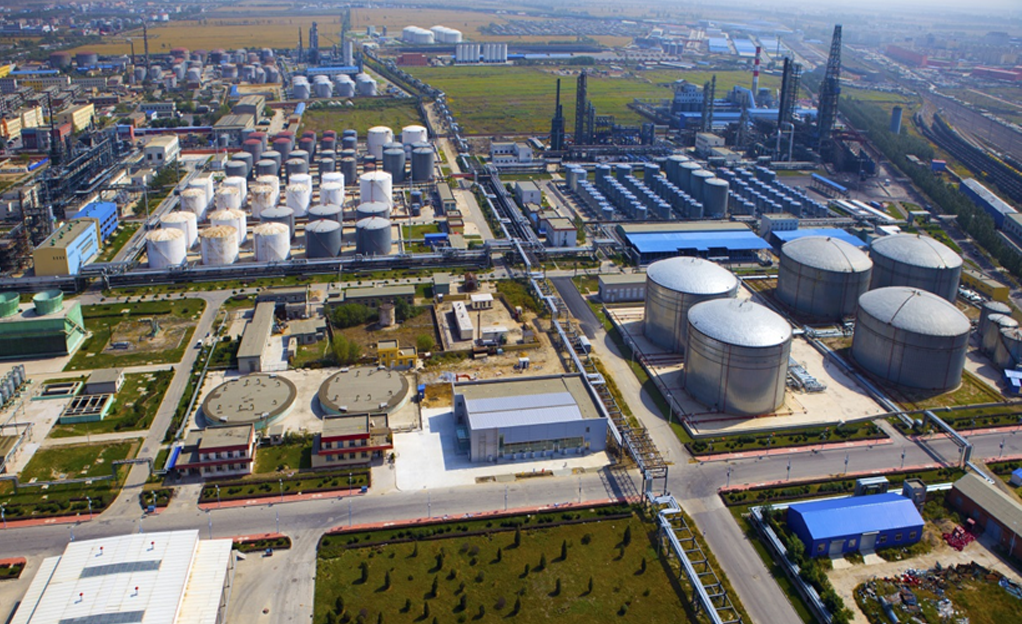Biology comes to the rescue of the chemical industry
A new biomimetic adsorbent has been proposed to capture nitrogen from natural gas.
Natural gas is often contaminated by large amounts of nitrogen. Therefore, removing nitrogen from natural gas using adsorption techniques is important for maintaining the amount of nitrogen under 4% in natural gas.
Many metal-nitrogen compounds as well as biological metalloenzymes have been proposed for biomimetic nitrogen fixation to produce ammonia. Inspired by this, researchers at Yonsei University, led by Prof. Youn-Sang Bae, recently reported a new method to capture nitrogen from natural gas. Their method mimics biochemical processes and uses a metal-organic framework containing accessible chromium ion (Cr3+) sites.
“Although adsorption-based processes are promising for methane upgrading, the N2/CH4 separation is still far from optimal and there is a critical need to design efficient N2-selective adsorbents,” believes Prof. Bae. Along with his colleagues, he successfully developed an adsorbent that allows for large nitrogen uptake and easy regeneration.

Nitrogen-capture is a challenging issue in oil recovery, air separation, and the production of hydrogen from gases emitted by the steel industry. The removal of nitrogen from methane is essential in the natural-gas industry to meet pipe-line restrictions. Present-day cryogenic distillation processes have been used successfully for removing nitrogen from methane, but they are expensive and energy-intensive. The use of adsorption and membrane technologies is an alternative cost-effective and energy-efficient solution to the selective capture of nitrogen.
Through integration of advanced experimental and computational tools, the researchers could prove that the unsaturated chromium III sites are the driving forces in the separation mechanism for both nitrogen/methane and nitrogen/oxygen gas mixtures.
This study paves the way for the development of new adsorption technologies that can be very helpful for addressing issues in the environment and energy industry. This study could open the doors for future development of biological catalysts for capturing nitrogen and producing ammonia and other nitrogen-containing chemicals.
Recommended Articles
Professor Jong-Hyun Ahn
Novel technique for producing high-resolution micro-LED displays
Professor Seong Chan Jun
Professor Donghyun Kim
Array of hope: Up close and personal with mitochondria in neurons